What Happened Today, April 16th
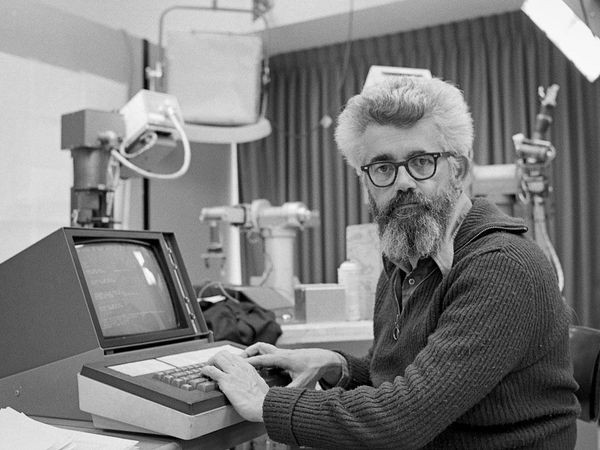
The programming language that provided the basis for work in artificial intelligence, LISP, has its first public presentation. Created by John McCarthy, LISP offers programmers flexibility in organization and it or its descendants are still used in the AI development environment.
What Happened This Week
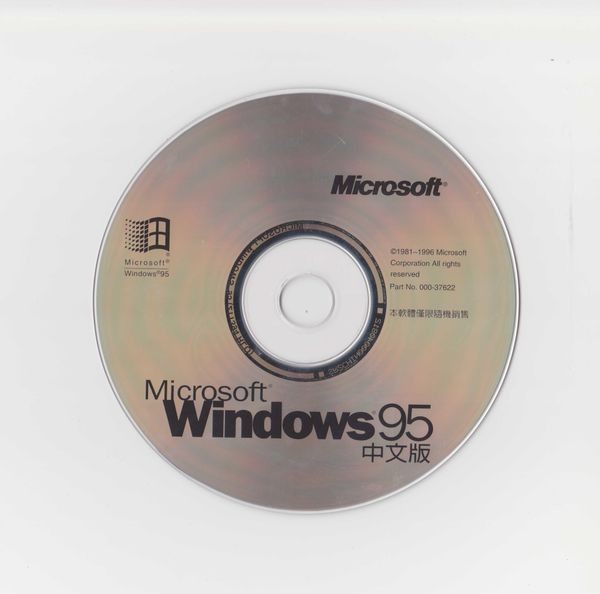
The Chinese government launches widespread efforts to purge governmental agencies of illegally copied software, a practice that had been costing US software publishers millions of dollars. The plan calls for allotting more money to purchase software while giving an enforcement agency the power to prosecute anyone bootlegging software. The announcement follows a March meeting at which China had signed an accord with the United States vowing to crackdown on piracy.
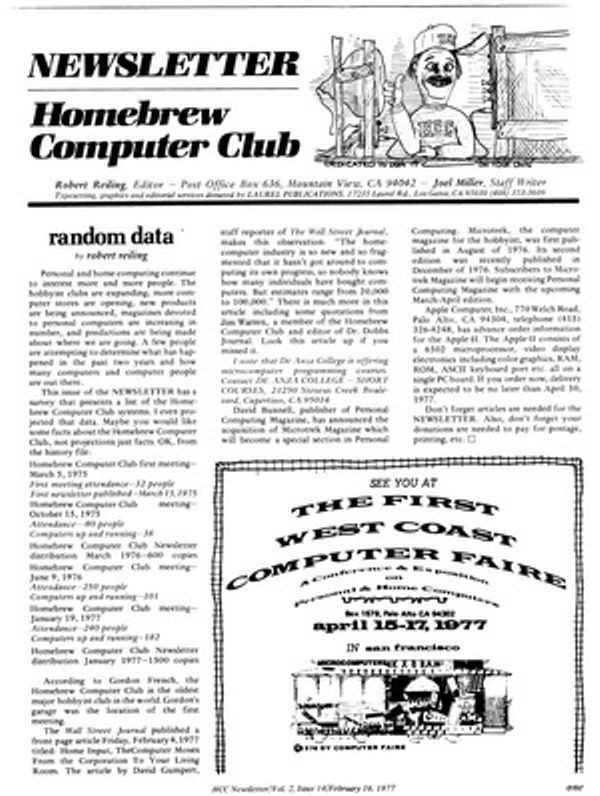
The first West Coast Computer Faire begins, introducing personal computers, in both kit and assembled form, to a new audience--the general public. It was an important year for personal computing as three of the most popular personal computing systems of all time were announced then: the Apple II, the Commodore PET, and the Radio Shack TRS-80. The Faire, held at the San Francisco Civic Auditorium & Brooks Hall, exposed tens of thousands of enthusiasts and the curious to a coming revolution in computing that would change all of our lives. The first Faire is one of the most significant events in the history of personal computing.

The programming language that provided the basis for work in artificial intelligence, LISP, has its first public presentation. Created by John McCarthy, LISP offers programmers flexibility in organization and it or its descendants are still used in the AI development environment.
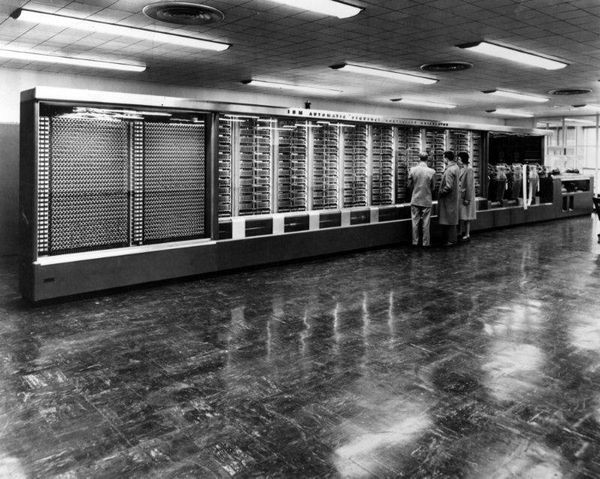
Harvard University President James Conant writes to IBM founder Thomas Watson Sr. to let him know that the Harvard Mark I, developed in cooperation between the two, was operating smoothly. The project was one of the many examples of wartime collaboration among the federal government, universities, and private corporations. In his letter, Conant noted that the Mark I already was "being used for special problems in connection with the war effort."
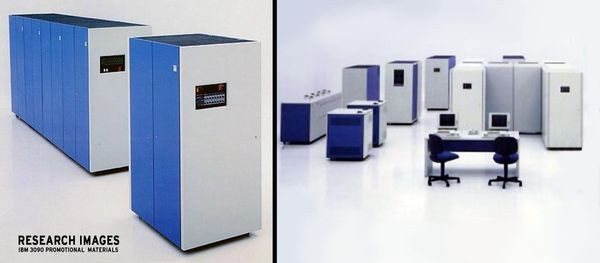
Newspapers report that IBM had become the first computer manufacturer to use a megabit chip -- a memory chip capable of storing 1 million bits of information -- in a commercial product, its Model 3090. The announcement is heralded as a notable triumph for American computer makers, whose work had been perceived as having fallen behind that of the Japanese electronics industry.
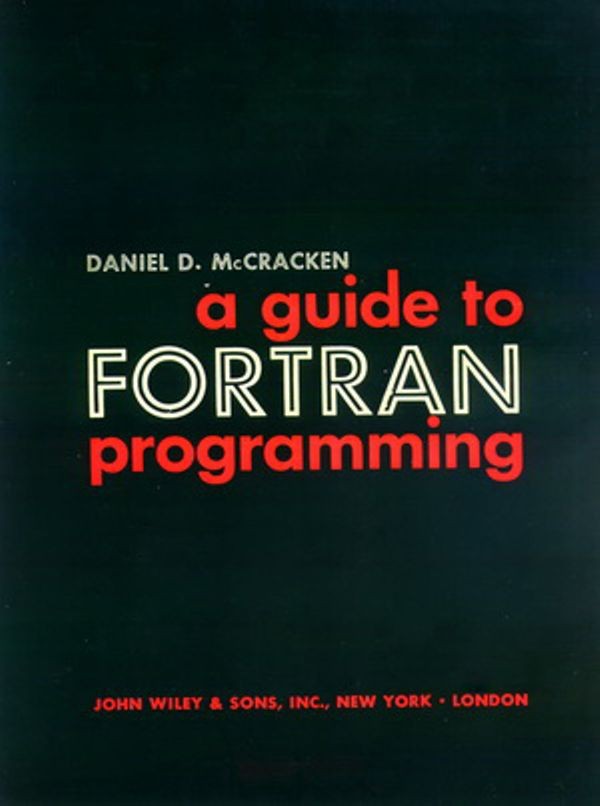
Researchers run the first FORTRAN program. Short for "FORmula TRANslator," FORTRAN enabled computer programmers ("coders," at the time) to work in a "high-level" language, greatly simplifying program writing. The first FORTRAN program (other than internal IBM testing) runs at Westinghouse, producing a missing comma diagnostic. A successful attempt followed.
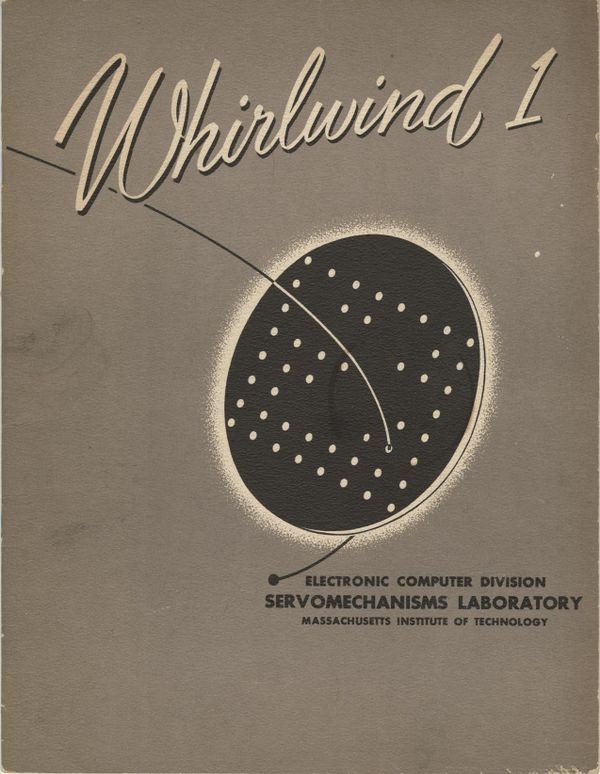
MIT demonstrates its Whirlwind machine on Edward R. Murrow's See It Now television series. Project director Jay Forrester describes the computer as a "reliable operating system," running 35 hours a week at 90-percent utility using an electrostatic tube memory that stores up to 2,048 16-digit words. The machine used 4,500 vacuum tubes and 14,800 diodes, taking up a total of 3,100 square feet.


